National
From “Made in Australia” to “Back Australia”: Can We Rebuild What We Lost?
Walk through any Australian supermarket aisle today and the story is written on the shelves. A sea of imported brands sits beside fewer and fewer local labels — the green and gold Australian Made logo shining like an emblem of resistance.
Now, a new movement wants to change that. The “Back Australia” campaign — backed by government, business and media — calls on Australians to buy, hire and build locally. But behind the patriotic messaging lies a far deeper question: can a country that once made nearly everything it needed learn to make things again?
The Scale of the Initiative
At the heart of the Back Australia effort is the federal government’s Buy Australian Plan — a long-term commitment to use the Commonwealth’s purchasing power to strengthen local industry and rebuild domestic capability.
Each year, the Commonwealth Government procures around A$70 billion in goods and services, making it one of the most powerful economic levers in the national economy.
According to the Department of Finance, in 2023–24 the government awarded 83,453 contracts with a combined maximum value of A$99.6 billion. That total reflects the full value of multi-year agreements publicly tracked through the AusTender system, while actual annual expenditure averages closer to A$70 billion.
The Buy Australian Plan aims to ensure more of that vast spending benefits Australian-owned businesses, driving investment, innovation, and skilled employment across the country.
It is backed by A$18.1 million in funding over four years (from 2023-24) and A$1.5 million per year ongoing, which will modernise procurement systems, expand transparency, and make it easier for small and regional businesses to compete for government work.
Under the plan, reforms include:
- Simplifying tender processes for small and medium enterprises (SMEs);
- Introducing a Secure Australian Jobs Code to promote stable, fairly paid employment;
- Embedding ethical, sustainable, and tax-compliant practices in government contracts;
- Expanding opportunities for First Nations businesses and workers; and
- Upgrading AusTender with clearer data, improved supplier tools, and stronger contract management.
Delivery of the initiative sits within the Procurement Capability Branch of the Department of Finance — formerly known as the Future Made in Australia Office — which now focuses on helping local suppliers access federal opportunities.
Together, these measures represent one of the most comprehensive overhauls of federal procurement in decades — positioning government spending as both an operational necessity and a nation-building strategy.
How Australia Lost Its Manufacturing Edge
This isn’t the first time Australians have been asked to buy local.
For much of the 20th century, manufacturing was the engine of the Australian economy. According to the Australian Bureau of Statistics (ABS), in the late 1950s and early 1960s manufacturing contributed just under 30 percent of national GDP — its all-time peak.
Today, the Reserve Bank of Australia (RBA) estimates that manufacturing represents only 5.9 percent of national output, the lowest share in modern history.
That’s an astonishing fall — a six-decade slide from nearly one-third of the economy to barely one-twentieth.
What caused it?
From the late 1980s onward, trade liberalisation, deregulation, and the rise of global supply chains made offshoring more attractive. Supermarket consolidation in the 1990s and 2000s — particularly through Coles and Woolworths — accelerated the shift by sourcing private-label goods from overseas.
Industry analysis shows that the share of food and grocery manufacturing in Australia has fallen from a much higher level in the mid-20th century to the position we see today.
Manufacturing employment followed the same trend: from one in eight Australian workers in 1990 to around one in twenty today. The result? A leaner, cheaper, more import-reliant economy — but also a more fragile one.
This simple chart tells the story visually — Australia’s production base has steadily eroded while imports filled the shelves.
The “Back Australia” Response
The Back Australia initiative aims to turn the tide, combining policy, consumer behaviour, and cultural identity.
1. Policy Leverage
The Buy Australian Plan gives priority to bids that deliver wider economic benefits. In 2024-25, over 80 percent of government contracts by value went to Australian suppliers — a shift that could redirect billions back into the domestic economy.
2. Consumer Trust
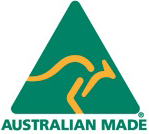
The Australian Made logo has become a shorthand for authenticity. Independent research shows trust in the logo exceeds 90 percent, making it one of the strongest consumer brands in the country. That recognition is the campaign’s foundation — Australians can easily identify local products and consciously choose them.
Economic modelling promoted by the Australian Made Campaign suggests that if every Australian household spent an extra $100 per week on Australian-owned goods and services, the economy could grow by around $16 billion and create about 40,000 jobs.
Even modest changes in spending behaviour, multiplied across millions of households, can have a powerful impact on local businesses — reinforcing the idea that “Back Australia” begins at the checkout.
3. Regional Revival
Nearly half the jobs tied to licensed Australian Made businesses are located outside major cities.
From Shepparton’s food processors to Geelong’s advanced manufacturers, regional clusters are emerging — proving that national industry policy can double as regional development.
Technology and the New Economics of Making Things at Home
One of the biggest reasons Australian consumers turned to overseas products over the past few decades was cost.
Lower wages and large-scale manufacturing capacity in countries like China and India meant imported goods could be produced far more cheaply than local ones.
But that advantage is starting to narrow.
With the rise of AI-powered robotics, additive manufacturing, and smart supply-chain automation, production costs are becoming less dependent on human labour and more dependent on technology and energy efficiency.
Modern factories can now use machine learning and precision robotics to achieve output that once required hundreds of workers — reducing costs and making small-scale local manufacturing competitive again.
It’s a shift from low-cost labour to high-tech productivity.
For Australia, this could be transformative.
Instead of trying to compete on price alone, local manufacturers can compete on speed, quality, and reliability, producing closer to the customer with shorter lead times and greater control over inputs.
Rather than contradicting the “Back Australia” job-creation goal, this technological shift changes what those jobs look like — from manual assembly lines to skilled roles in robotics, AI maintenance, design, data, and logistics.
It’s not fewer jobs; it’s smarter ones.
Why It Matters — And Why Now
The COVID-19 pandemic exposed just how dependent Australia had become on global supply chains. When overseas factories closed and freight costs spiked, supermarket shelves emptied of basics — even flour and toilet paper.
While precise figures vary, government data and industry reports show that Australia now relies heavily on imported manufactured goods, with imports accounting for a growing share of domestic consumption over recent decades. This deep reliance has changed little in recent years, underscoring the slow progress in rebuilding local capability.
The Back Australia movement is, in many ways, an insurance policy — rebuilding capacity so that when the next crisis hits, the country can supply its own essentials.
It’s also an opportunity to recapture value lost offshore: every A$1 million of additional manufacturing output supports an estimated 10 full-time jobs across supply chains, according to the Department of Industry (2024).
The Hard Truths
Still, rebuilding industry after sixty years of attrition is no small feat.
- High costs: Local energy and labour prices remain globally uncompetitive, squeezing margins.
- Scale limitations: Many sectors are too small to achieve the efficiency global rivals enjoy.
- Policy continuity: Past “buy local” pushes faded when political cycles changed; longevity matters more than slogans.
- Consumer behaviour: Surveys show Australians say they prefer local goods — but price often wins in practice.
Without structural support — investment incentives, infrastructure, and training — campaigns alone won’t deliver a renaissance.
A Turning Point in the Making
Despite those challenges, there’s a sense that this time might be different.
The public mood has shifted from complacency to pragmatism. Australians understand that self-reliance isn’t protectionism — it’s resilience.
Economists describe the shift as a “return to economic sovereignty.” In an era of supply shocks and geopolitical risk, having the capability to manufacture core products — from food to medical supplies — is less about nationalism and more about necessity.
As many industry observers now argue, the real question isn’t whether Australia can afford to back its manufacturing base — it’s whether it can afford not to.
Conclusion: From Slogan to Strategy
The words “Back Australia” may sound like a marketing line, but they capture something deeper: a recognition that the country must reconnect its economy to its people.
The green-and-gold logo is no longer just about pride — it’s about preparedness.
If Australia can turn this sentiment into sustained strategy — aligning government procurement, consumer choice and industrial investment — the payoff could be generational: stronger regional economies, more stable jobs, and a measure of control over our own supply chains.
After six decades of offshoring, the real story of “Back Australia” isn’t nostalgia — it’s renewal.


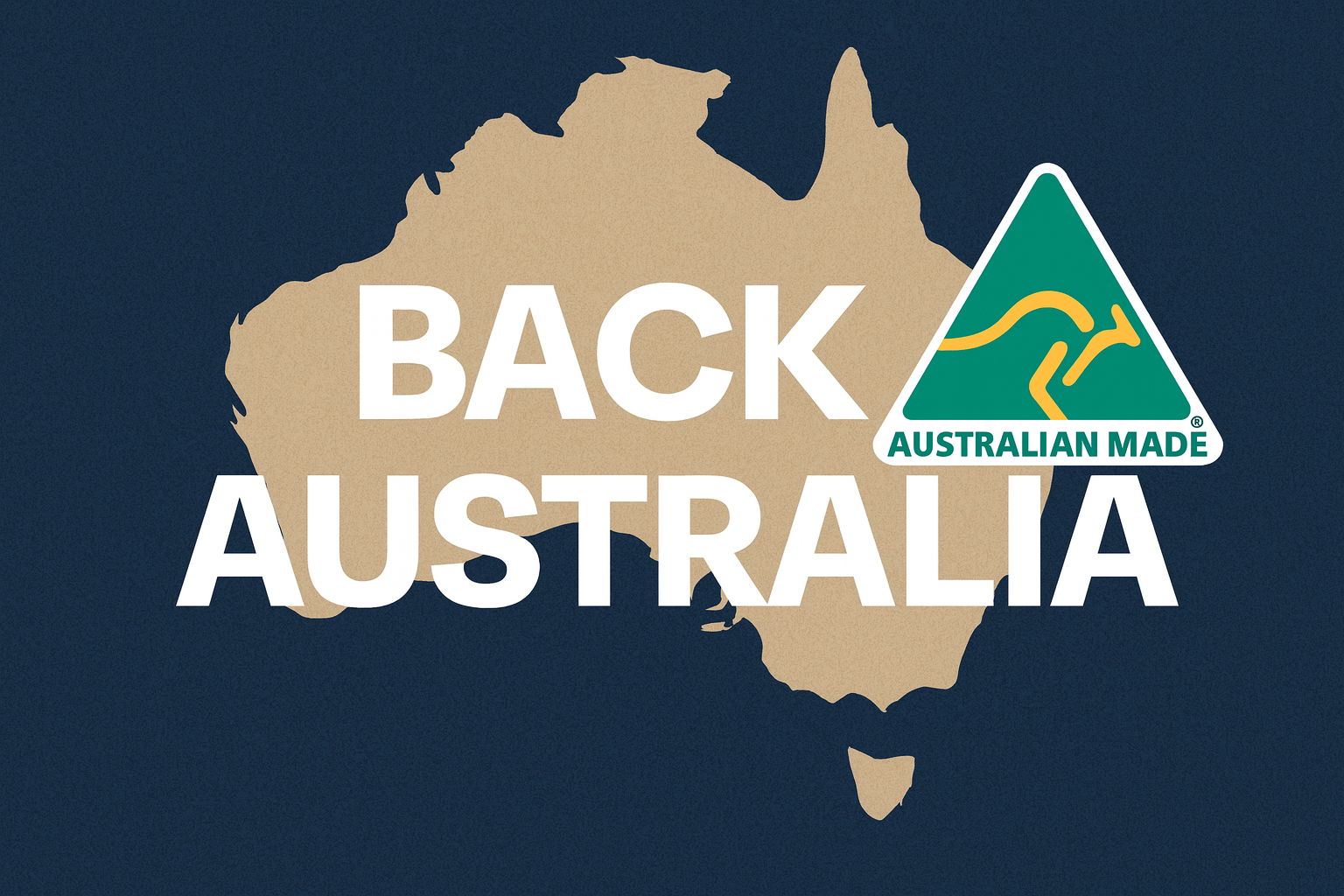
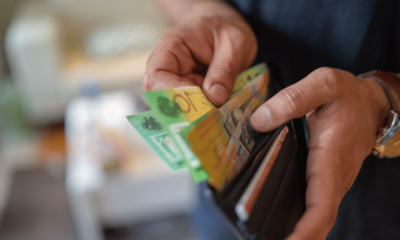
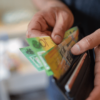
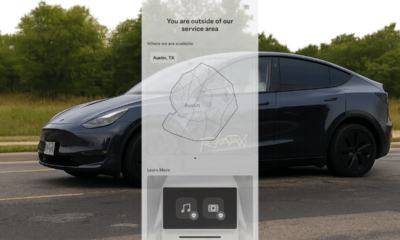





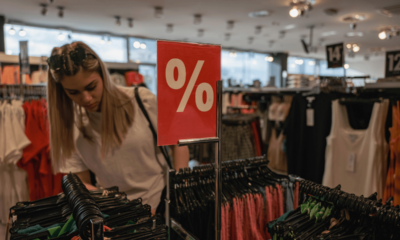
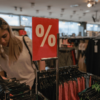








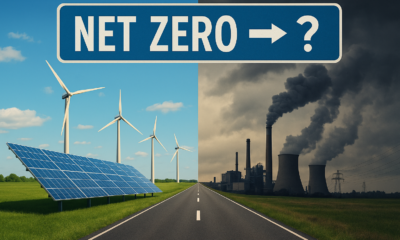








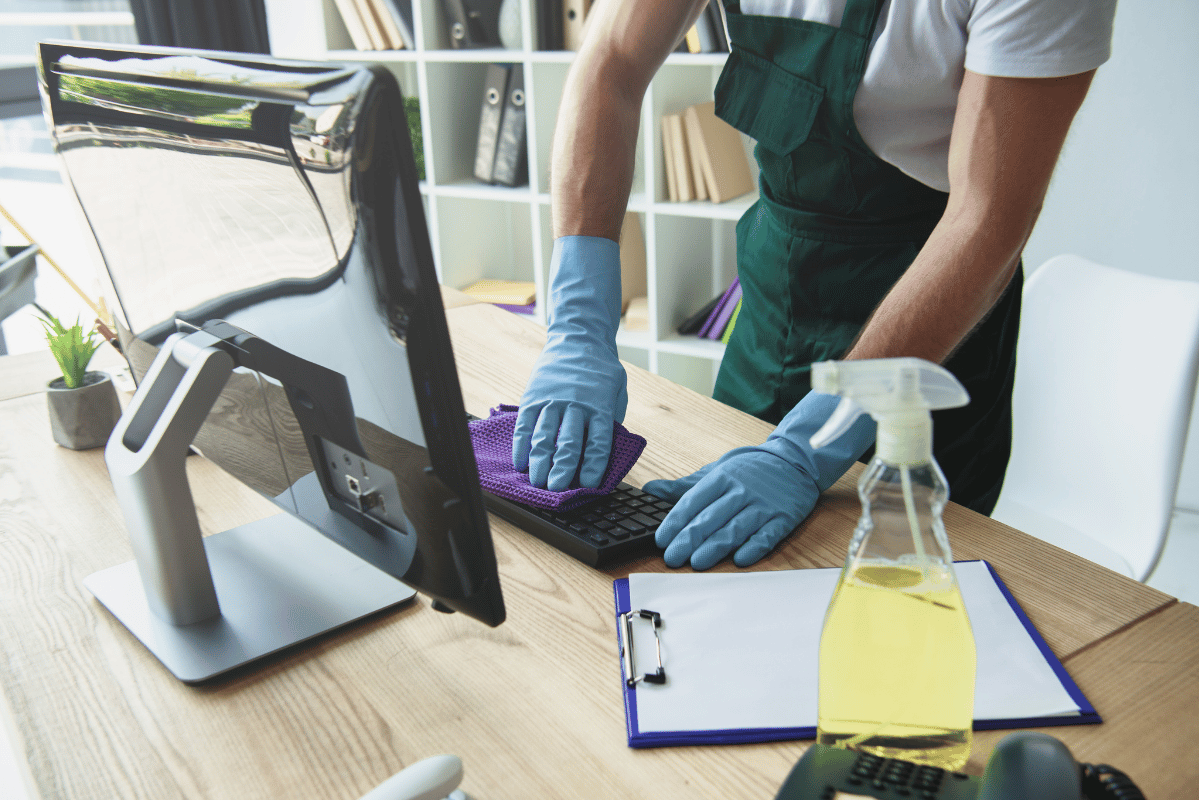



You must be logged in to post a comment Login